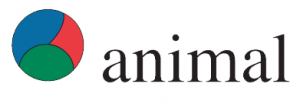Document type: scientific article available online before publication in Animal
Authors: Emily J. Dickson, Jessica E. Monk, Caroline Lee, Paul G. McDonald, Edward Narayan, Dana L. M. Campbell
Preview: Pasture-based beef cattle are raised in a range of production environments. Some paddocks may contain trees and other objects that allow for grooming, hence being naturally enriching, whilst others may be barren without these opportunities. Additionally, it is not uncommon for cattle to move between these enriched and barren environments as part of routine management. While the benefits of enrichment are well studied, how this 'enrichment loss' impacts cattle welfare as access to stimuli is removed is unknown. This trial assessed the impacts of the loss of an enriching object (grooming brush) on grazing beef cattle welfare and production characteristics. When grooming brush access was blocked, cattle became dirtier, showed reduced average daily gain, and had elevated faecal cortisol metabolites, although this varied according to the degree of initial individual brush use. Additionally, allogrooming and grooming on other objects reduced when access to the brush was returned, potentially indicating a rebound effect. These results demonstrate that the loss of adequate grooming objects can impair the overall welfare of grazing cattle, however, further work is needed to determine exactly which natural or artificial objects provide adequate grooming opportunities.






